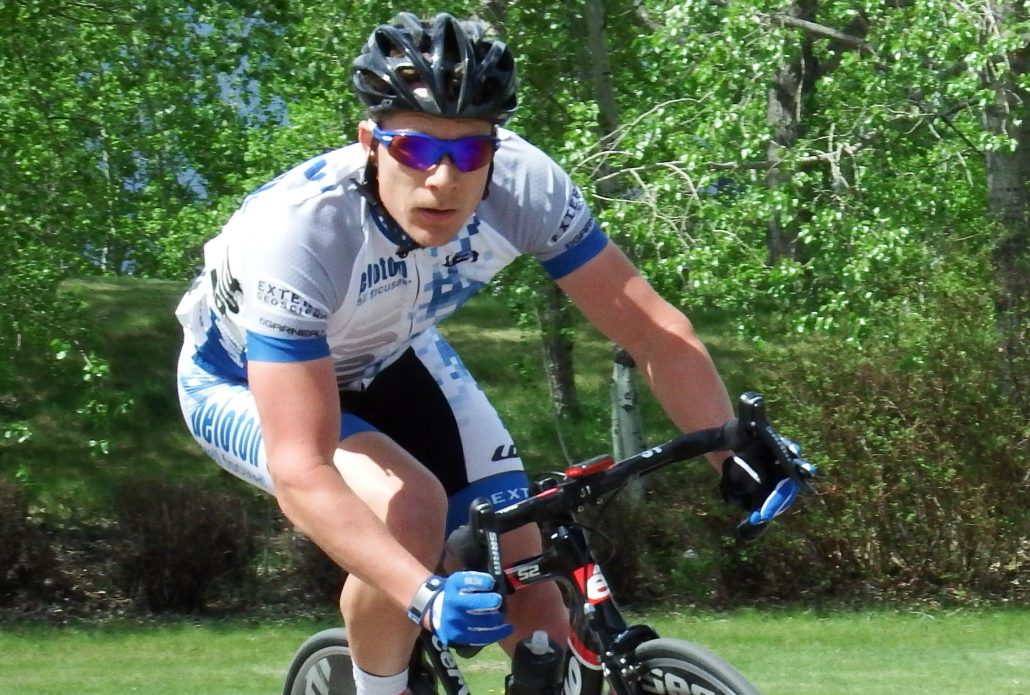Friday File, June 12, 2015
Things remain status quo in the 4iiii factory. This means that our efforts to get your orders back on schedule continue and we are making progress. As you’ll see in our tracker, our fulfillment has increased and ship kits have started to flow out to customers once again.
As you know, 4iiii is a company of athletes designing and developing products for fellow athletes. Apart from each person’s day job, the crew is engaged in varied personal activities and objectives that are also reliant on great monitoring data. Here’s a story from one of our staffers who recently learned that pushing crazy power doesn’t necessarily make you go fast! Meet Karel, a PhD in Computer Science and competitive Cat 3 road racer:
During a team time trial on the local race scene here, I found myself floundering more than usual, sucking wheel the whole way, not being able to contribute to the effort and, in fact, hindering it. Definitely one of the most disappointing and infuriating races of my competitive career! After the finish line, I got off of my bike in disgust only to find that my front brake had been stuck on for the duration of the race. When I examined the power data afterwards, I found that I’d been pushing 80 watts more than my team mate, who’d been soft pedaling in order to let me keep up. After I calmed down, I re-evaluated all the physical forces, beyond a stuck brake, that can slow me down: the interplay of power, aerodynamic drag, gravity and friction. Here’s what I know:
Power is the force that helps us go faster and is, to some degree, under our control. The more power a cyclist is able to produce, the faster they will go, all else being equal. As a result, most of us cyclists obsess over our power numbers and rely heavily on our power meters. Ultimately, we want to train well to produce more power and also combat the forces that slow us down.
When riding on flat ground, aerodynamic drag is the strongest force opposing a bike rider. Exceptions to this would be during a steep hill climb, or in the case where there’s a stiff tailwind (yes, dream scenario). Cyclists spend huge sums of money to make their bikes more aerodynamic (especially in triathlon and time trialing). However, the largest source of aerodynamic drag in a bike-rider system is the rider so, arguably, a good bike fit might be the best way to help you achieve an aero, yet powerful riding position. Other smaller, inexpensive items such as a well-fitting skin suit and a pair of shoe covers can have larger-than-anticipated benefits when combating drag.
If the road angles up steeply, gravity quickly becomes the strongest hindrance to our forward progress. In these situations, aero wizardry is of little help and the only thing we can do to make ourselves go faster is to make the bike-rider system lighter. As with aerodynamics, some cyclists (so-called weight weenies) spend vast sums to make their bikes as light as possible, but it should be pointed out that the bicycle accounts for a small percentage of the weight of the bike-rider system. For most cyclists, the best way to go up a hill faster is to examine our own eating habits.
Friction is another factor that slows us down. There’s been a lot of discussion lately that wider tires cause less rolling resistance over imperfect surfaces. On rougher roads, it turns out that breaking out those beefy 25mm tires and letting a bit of air out of them makes you go faster, and makes the ride more comfortable. On roads of perfect pavement, a skinny tire with high pressure remains the fastest option.
Drivetrain friction also slows you down so keep your bike clean and well maintained. A surprising amount drivetrain friction is also caused by cross chaining, or running gear combinations that don’t have straight chain lines. A lot of us like to stay in the big ring as long as possible, but using that front derailleur a little more often can actually make you faster.
The worst drivetrain friction of all? You guessed it, a stuck front brake. I don’t recommend trying it in a race!
